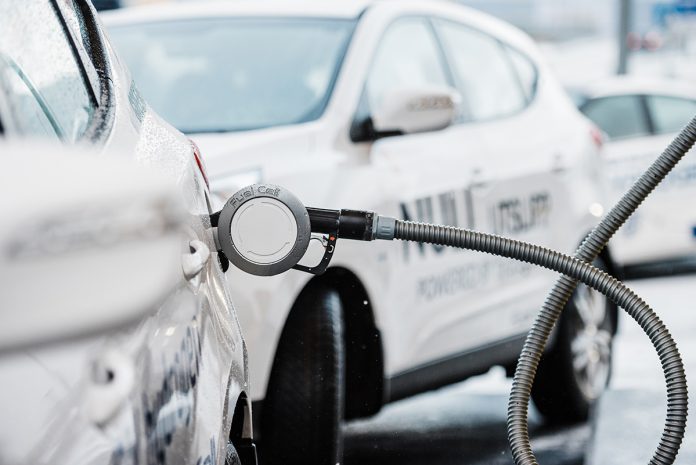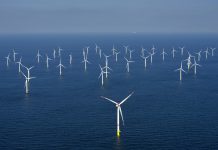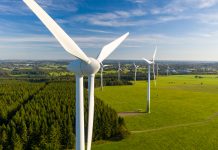Green hydrogen is an important piece of the zero-emission puzzle, both in Norway and the rest of the world, according to Vegard Frihammer from Greenstat
Hydrogen has some fantastic characteristics as a zero-emission energy carrier. It has the quality of a very high energy to weight density and only emits water. It can be produced anywhere from renewable energy and will work well as a range extender in existing electrical drive lines. Hydrogen will, in combination with batteries and a share of sustainable biofuel, play an important role in the transition to 100 % zero emission transport.
The ever-present “battery versus hydrogen discussion” finally seems to be losing momentum, as politicians and others prefer to focus on the “fossil versus zero emission discussion”, which is far more important and productive. In Norway, there are 2.5 million cars and even with a record-breaking high penetration of BEV (battery electric vehicles), counting for 22,3 % of new cars sold, there are almost 2.4 million fossil cars that need to be replaced. The need for hydrogen solutions for cars, buses and heavy-duty vehicles is both necessary and beneficial.
Hydrogen friendly politics is emerging
Despite a strong effort from the minority parties, hydrogen has, until recently, not been a prioritised issue among national politicians in Norway. This has resulted in low budgets and small-scale local initiatives, rather than national programmes. But this is finally about to change. After a smart move from the government where ENOVA, the national funding scheme, was moved from the Ministry of Petroleum and Energy to the Ministry of Climate and Environment, where a hydrogen friendly minister, Ola Elvestuen, now is the head of ENOVA, and so the future looks a lot brighter.
The hydrogen industry now has three different ministers seeing hydrogen as a part of the low carbon solution. Elvestuen will focus on green hydrogen production, storage and usage in the transport sector. The Minister of Transport and Communications, Ketil Solvik-Olsen, is also investing heavily in hydrogen. Through The Norwegian Public Roads Administration he launched the first public hydrogen ferry tender in 2017, which is to be operational in 2017. The Minister of Petroleum and Energy, Terje Søviknes, on the other hand is mainly focusing on hydrogen from natural gas with CCS as Equinor (Statoil) and other oil companies have picked up the interest in hydrogen.
From 120 in 2018 to 500 000 hydrogen cars by 2030
Currently, there are seven hydrogen stations for cars in Norway, five in the capital Oslo, one in Bergen and one in Trondheim – serving approximately 120 cars. However, during the last two years ENOVA, has released two new programmes supporting new hydrogen stations. The number of stations is, therefore, expected to grow rapidly over the next few years.
The National Transport Plan (NTP) has stated that by 2025, no more fossil cars should be sold. With a yearly sale of roughly 150,000 cars in Norway and assuming that hydrogen cars will have a rising market share from 30% to 50% in the years from 2025 to 2030, the number of hydrogen cars will accumulate to roughly 500,000 by 2030. These cars will then consume around 75,000 tonnes of hydrogen, which in turn, will require 4 TWh of renewable electric energy.
In addition to the car market, there will be a strong demand for green hydrogen in the heavy duty vehicle market, the maritime market and potentially, the airborne industry.
Both large-scale and small-scale hydrogen production plants needed
When setting up a hydrogen production plant, the question of whether to place the facility close to the consumer or the power production is raised. As the sales price of hydrogen will be a result of the production and the transportation cost, this will vary depending on the location for the consumer and for the power source.
The production price is significantly reduced by setting up large-scale production facilities, but to keep the transportation costs down, you need large consumers nearby. For remote locations with smaller quantities, local production and distribution are favourable.
Electrolysis as the end solution, but fossil hydrogen with CCS could speed up the transition
Norway has a large production of natural gas, with a yearly export of nearly 1000 TWh. For the Norwegian gas industry, hydrogen could provide a new market and even if green energy from renewable energy is the favourable solution from a climate perspective, hydrogen with CCS could boost the transition by securing stable large-scale production from existing facilities.
However, hydrogen from natural gas with CCS is only economically viable in large-scale, several hundred tonnes per day, and close to existing CCS infrastructure. This leaves room for green hydrogen to cover most of the domestic market in Norway where the typical project sizes range from a few hundred kg to some tonnes per day will be the typical project size.
Promising future if politician stay on course
The future of hydrogen in Norway is still vulnerable to political shifts, but as most parties have included hydrogen as a part of their platform and politicians, in general, are more hydrogen friendly, Norway could emerge as the hydrogen nation of Europe.
Please note: this is a commercial profile
Vegard Frihammer
Green Executive Officer/Founder

Greenstat
Tel: +47 9282 6952 (Norway)











